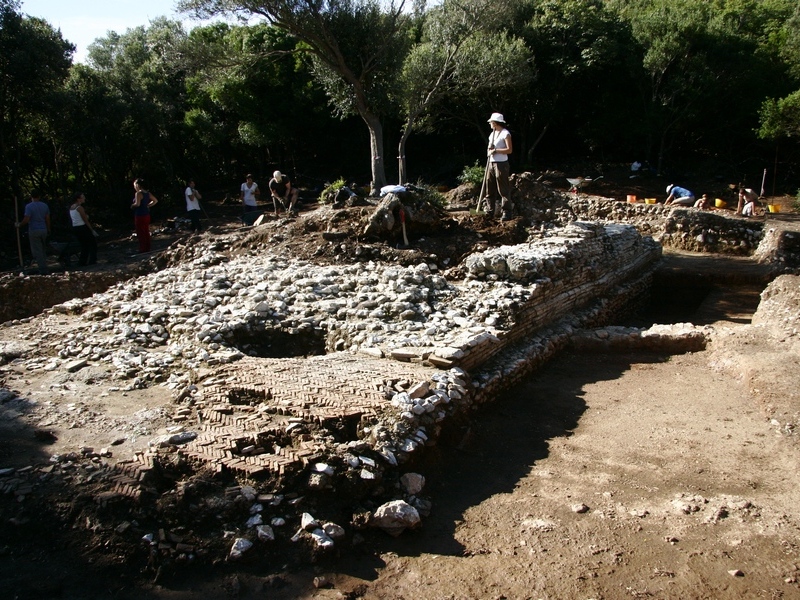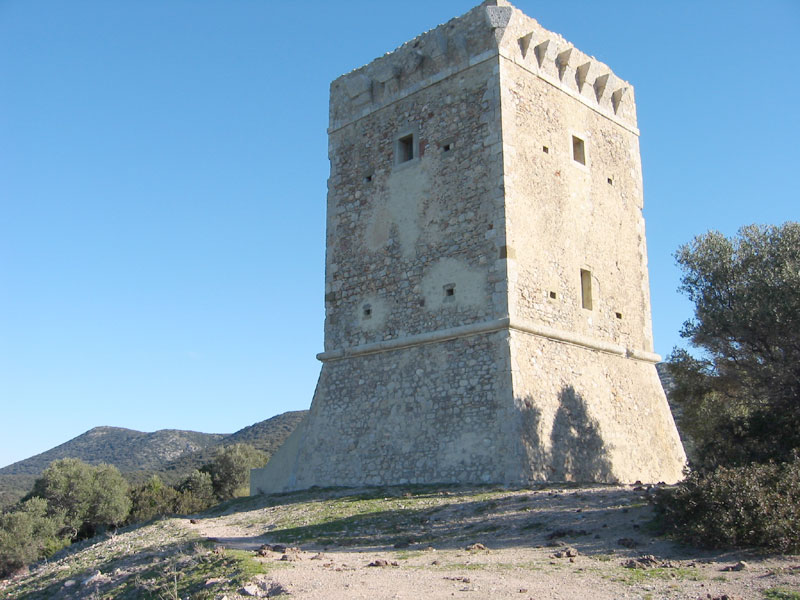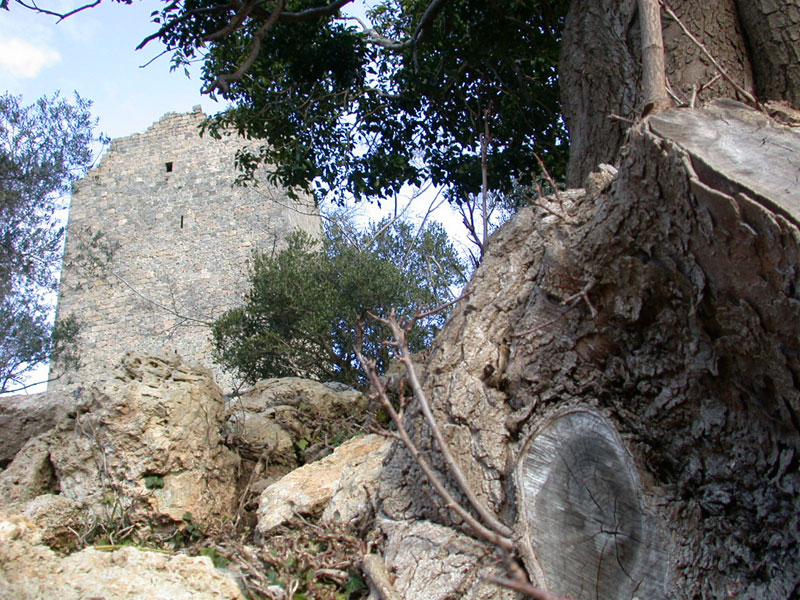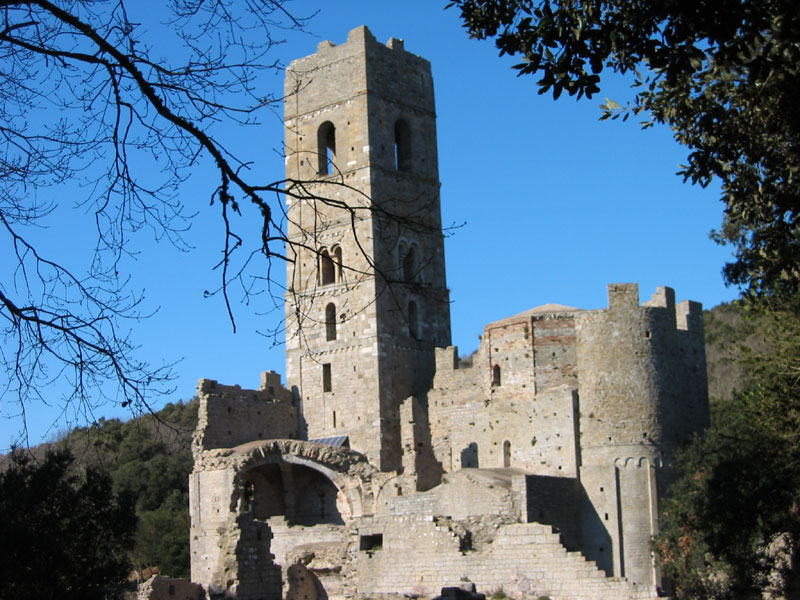Points of Interest
History
Despite being characterized by a thick vegetation, Uccellina Park is rich in very heterogeneous historical-artistic evidences of great importance, dating back to various epochs and resulting from different realities and needs. Today, the Park territory involves the Municipalities of Grosseto, Magliano in Toscana, and Orbetello, while in the past the area was under several rules.
(the following links lead to Italian texts)
The Towers
In the 15th century, the Turkish growing threat represented one of the greatest concerns for the western monarchs, since piracy was part of the sea policy of these people. As a matter of fact, pirates were obliged to share their spoils with the government: therefore, this activity represented for the latter one of the greatest incomes. Moreover, pirates did not limit themselves to assault ships, but they also carried out raids in the inland. These raids went on, although they were less intense, for the whole 18th century.
(the following links lead to Italian texts)
- Trappola
- Castel Marino
- Colle Lungo
- Torre dell'Uccellina
- Torre di Cala di Forno
- Bella Marsiliana
- Bassa
- Torre di Poggio Raso
- Torre delle Cannelle
- Torre di Capo d'uomo
- Torre del Molinaccio
- Torre del Talamonaccio
Towers open to the public
- Castelmarino
- Collelungo
- Torre dell'Uccellina
San Rabano Abbey
San Rabano Abbey, situated between Poggio Lecci and Poggio Alto, was founded in the early 12th century as Monasterium Arborense or Monasterium de Arboresio or Alberese.
The etymology of the name is uncertain: it could derive from arbor, meaning "tree", and albarium,
referring to the whitish stone characterizing Uccellina mountains. In
the first available document, the new name seems to have replaced the
previous name Sancta Maria de Arboresio, while subsequently the complex was called Domus et loci ordinis Sancti Benedecti de Arboresio.
Although it is a rather widespread hypothesis, it is rather unlikely
that the current name derives from a more ancient hermitage situated
downstream; on the contrary, there is a more valid theory according to
which "S. Rabano" derives from the improper and arbitrary use of the
name Sancti Rafani Praeceptor, the builder of the church
ended in 1587 in Alberese and considered by the 18th-19th historians
the last Abbot of the Abbey. The complex, built in the 11th century as
a Cassinese Benedictine settlement, fully developed above all during
the following century thanks to the Cistercian Benedictines.
Further information (Italian text)











